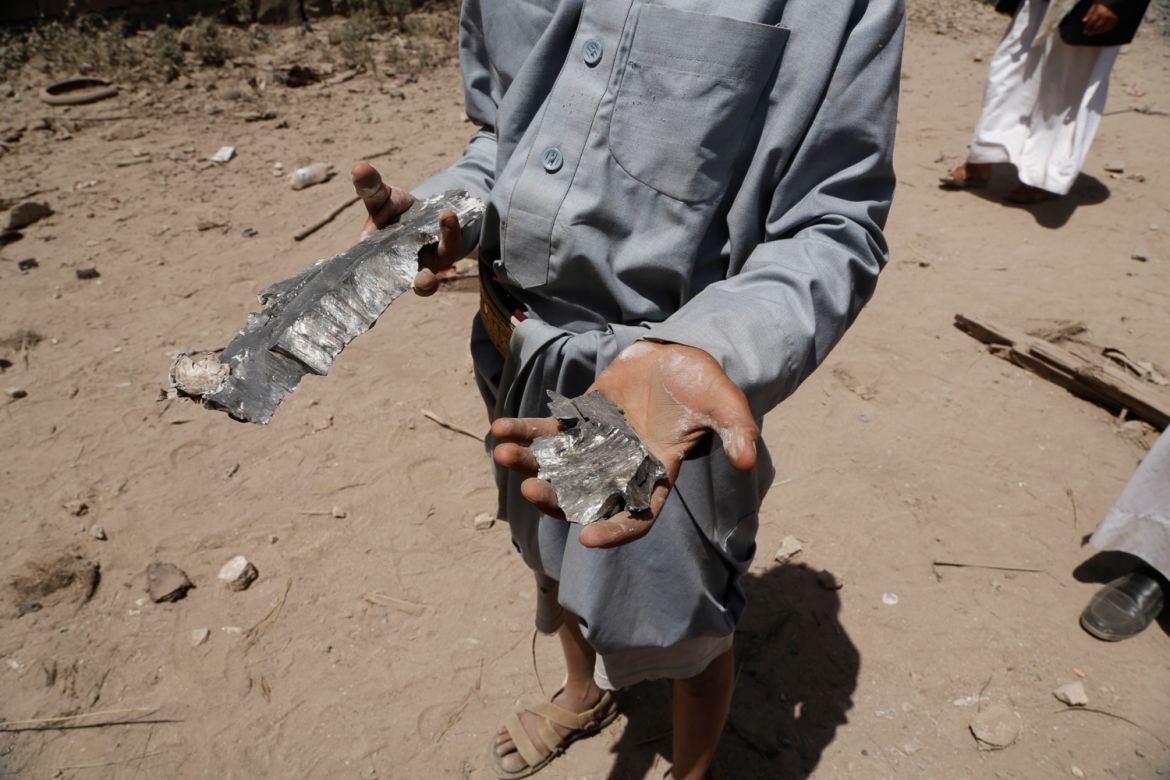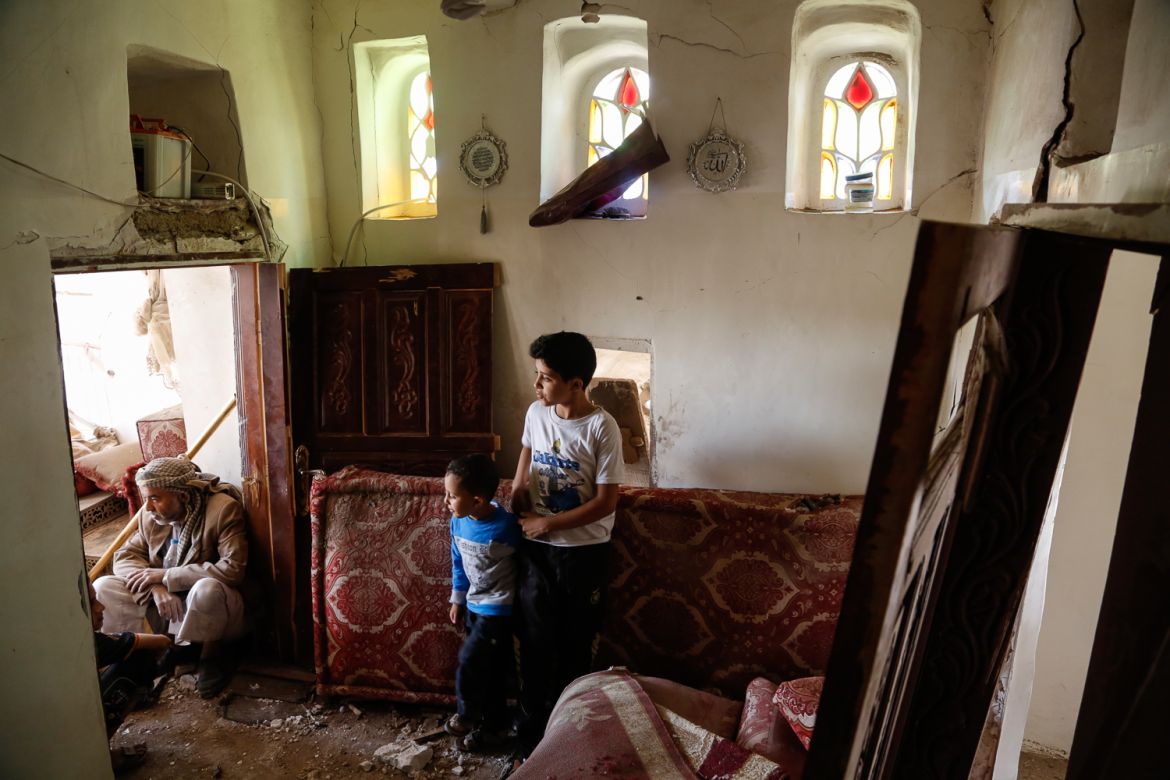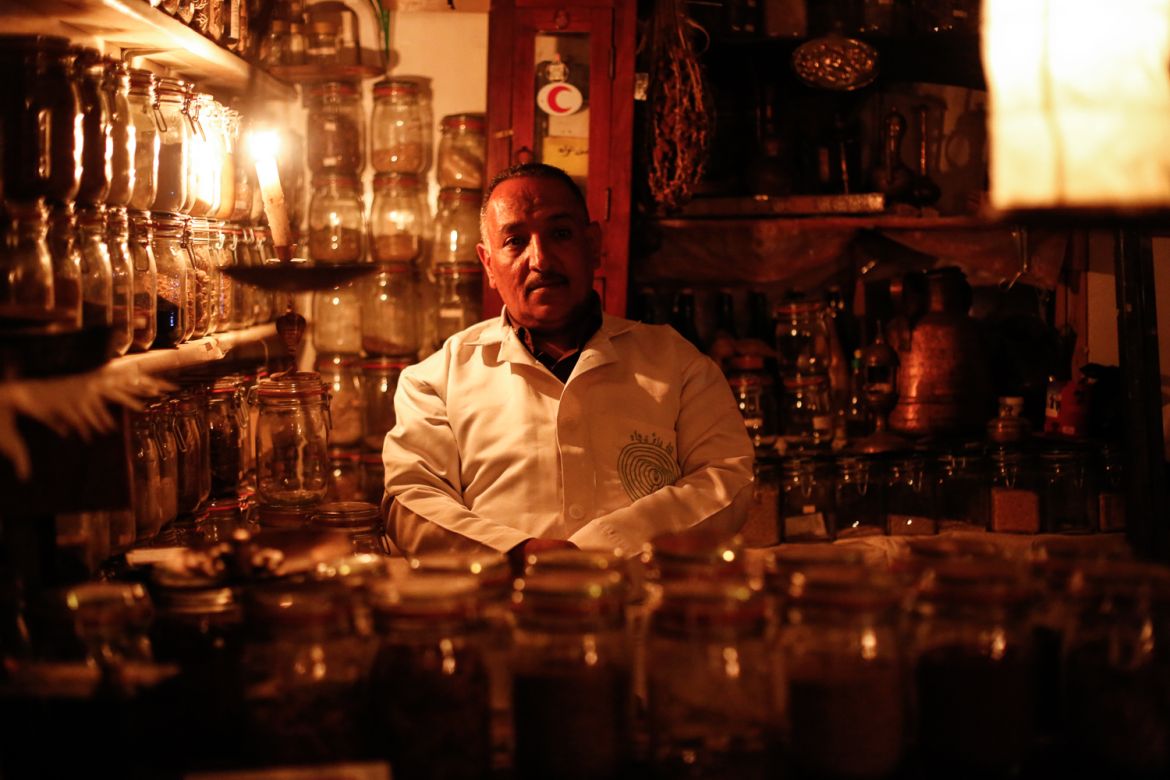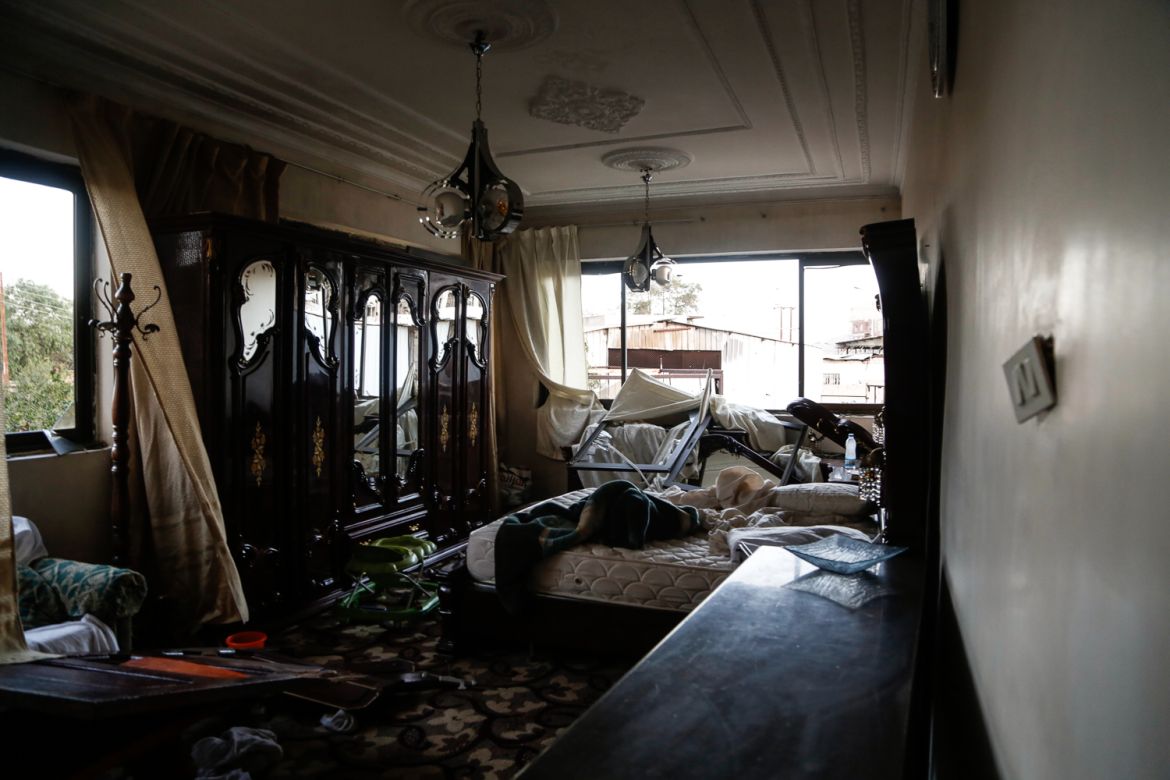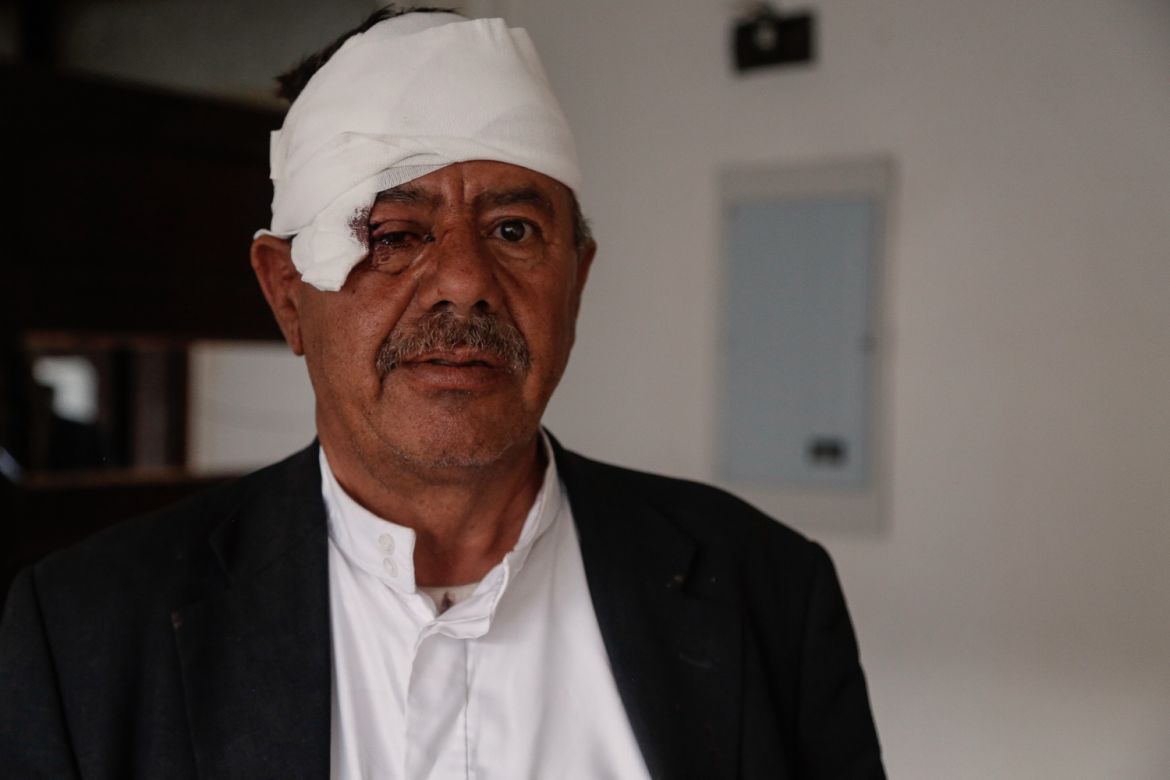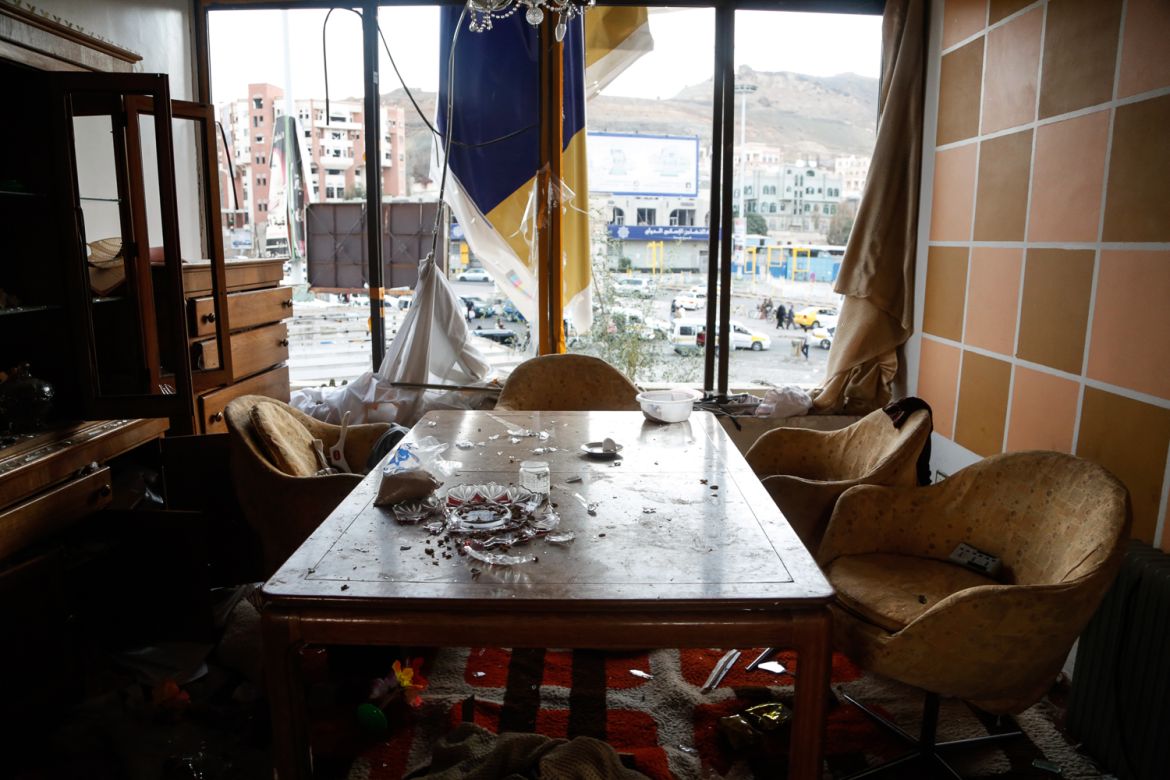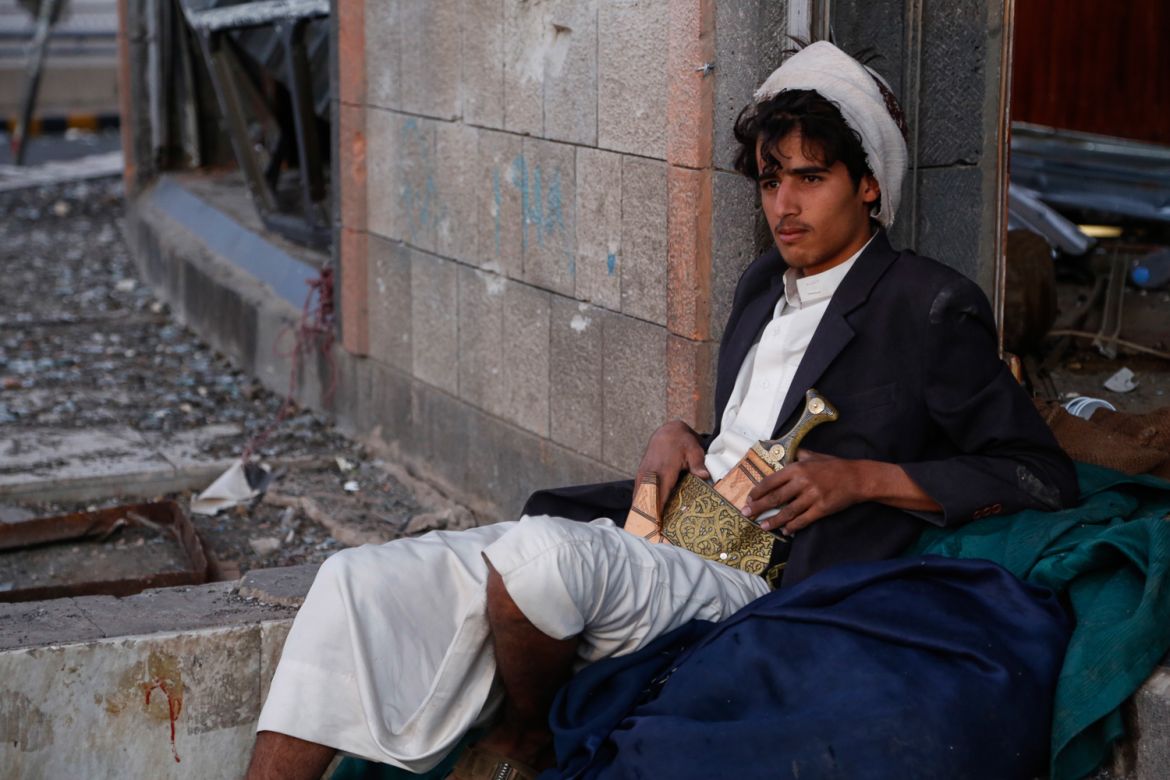In Pictures
Sanaa: A city of broken glass and shattered hope
Yemen has become an extremely dangerous place to live in.
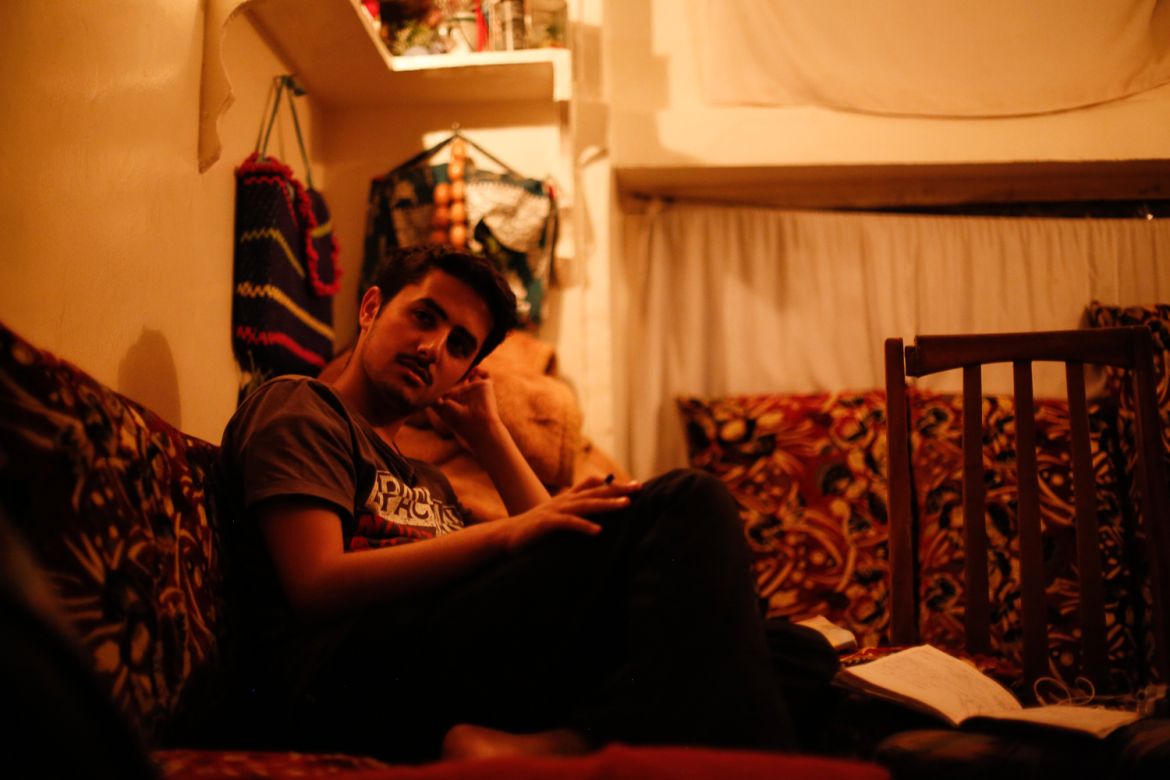
Sanaa, Yemen – After a long day of selling chives and vegetables at the local market, Hafith Allah Al-Ayani, returned to his humble home in the historic quarter of Al-Felayhi in the Old City of Sanaa.
As he ate what would soon become his last meal with his family, an air strike hit and everything was destroyed. Al-Ayani, his wife, and their eight children all died during the midnight attack.
Neighbours spent up to eight hours digging out one lifeless body after another. A piece of bread was still in the mouth of Al-Ayani’s eight-year-old son when his body was dug from underneath the rubble.
Six months of war in Yemen has left the country in ruins, divided by an intricate multisided conflict. In March 2015, a coalition of Arab states led by the Saudi Arabia began a military bombing campaign in Yemen.
The civilian death toll is rising, according to the United Nations Office for the Coordiantion of Humanitarian Affairs, approximately 5,248 people have been killed, and over 26,000 people have been injured since the start of the war.
In Sanaa, a city of broken glass and shattered hope, hearing the thunderous roar of air strikes has become a daily norm. Schools have been closed since the war started in March, but after five months of putting education on hold, last month, high schools and universities sat for examinations while air strikes played in the background.
Famine and hunger threaten to take more lives than bullets and missiles; but the heavily imposed blockades mean very little has been trickling into the country, which imports 90 percent of its supplies – driving the humanitarian situation into further chaos.
There is no fuel, no electricity – the entire city is paralysed. The governmental was already fragile, and now, the health institutions are collapsing because of the increase in civilians targeted – civilians like Al-Ayani and his family of ten. Yemen has become an extremely dangerous place to live in.
Plagued by death and destruction, Yemen, the poorest country in the Middle East, continues to be bombed with no end in sight, yet ordinary civilians are paying the grave cost for this war.
